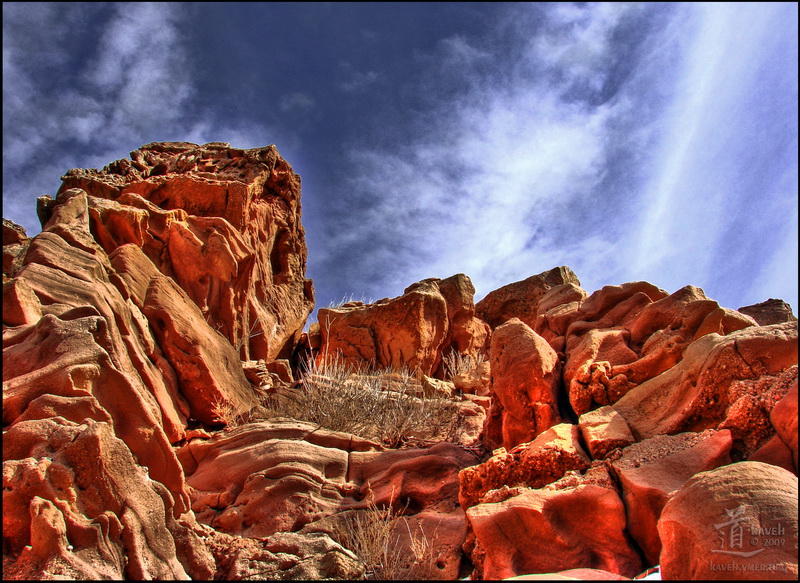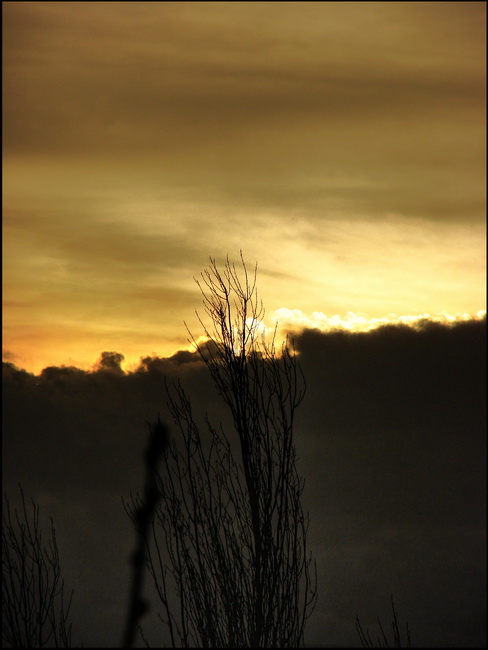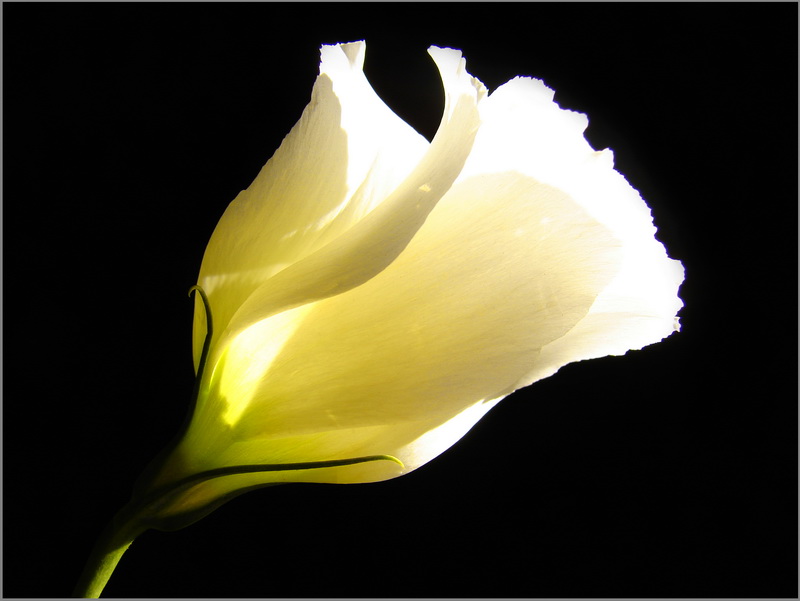
Patience…
Patience alone can’t describe all the characteristics and deep meanings associated with the Turtle, however if the word Patience is analyzed in more depth, it will reveal a lot of the relative concepts which either they relies on it or completes their true meanings…
Turtle is a symbol of steadfastness and tranquility in religion, mythology, and folklore from around the world. A tortoise’s longevity is suggested by its long lifespan and its shell, which was thought to protect it from any foe. In the creation myths of several cultures, the turtle or tortoise carries the world upon its back or supports the heavens. In Chinese tradition the creator goddess Nu Gua cuts the legs off a sea turtle and uses them to prop up the sky after Gong Gong destroys the mountain that had supported the sky. The flat undershell and round domed upper shell of a turtle resembles the ancient Chinese idea of a flat earth and round domed sky. The World Turtle carries the Earth upon its back in myths from North America. In Cheyenne tradition, the great creator spirit Maheo kneads some mud he takes from a coot’s beak until it expands so much that only Old Grandmother Turtle can support it on her back. In Mohawk tradition, the trembling or shaking of the Earth is thought of as a sign that the World Turtle is stretching beneath the great weight that she carries.
In a story from Admiralty Island, people are born from eggs laid by the World Turtle. There are many similar creation stories throughout Polynesia. Turtles and tortoises are incorporated into many religious traditions and mythologies around the world. In ancient Mesopotamia, the turtle was associated with the god Ea and was used on kudurrus as a symbol of Ea. Ijapa the tortoise is a trickster in a cycle of tales told by the Yoruba of Africa. In Hindu mythology the world is thought to rest on the backs of four elephants, who stand on the shell of a turtle. In Hinduism, Akupara is a tortoise who carries the world on his back. It upholds the Earth and the sea. One avatar of Vishnu is said to be the giant turtle Kurma. The Sri Kurmam Temple in Andhra Pradesh, India is dedicated to the Kurma-avatar.
In China, the tortoise is one of the “Four Fabulous Animals”, the most prominent beasts of China. It is of the water element. The other animals are the tiger, phoenix, and dragon. These animals govern the four points of the compass, with the Black Tortoise the ruler of the north, symbolizing endurance, strength, and longevity. Along with the Tiger, they are the only two of the four that is a real animal.
Patience requires Stillness and inner-tranquility… it needs a state of total prejudicelessness… a mind without any preoccupations about anything… so that it wouldn’t judge and decide hastily… and many other things… I may add more through time… but all of these elements have a close relation with each other in that they both need and feed each other…
You can find a lot of information on the Internet about the symbolism of Turtle in Mythology, Religion and various cultures…
You can read more about Tortoises, in I-Ching and Magic Squares








